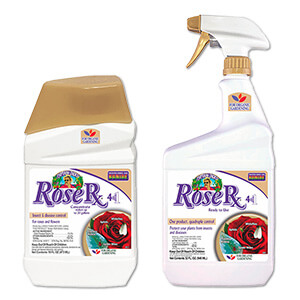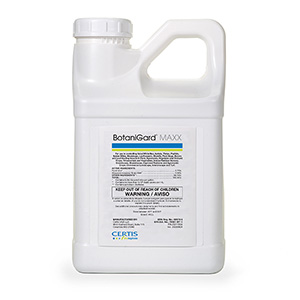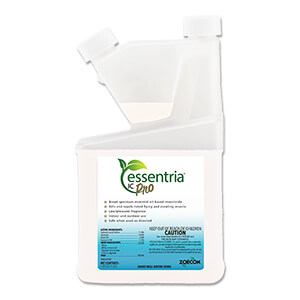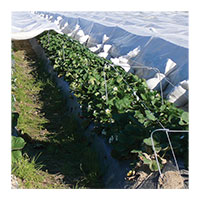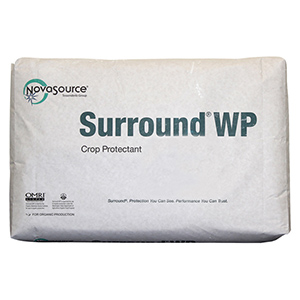Grasshoppers
Resources for 2024
Over 20,000 species of grasshoppers have been identified around the world, and over 1,000 exist in the United States. Many of these species feed on a variety of plants, and under the right conditions can cause serious crop or pasture damage. Grasshoppers are present from the spring to fall with peak activity during warm, dry summers when natural weeds are less abundant. Natural predators of grasshoppers include birds, lizards, mantids, spiders, and rodents.
Eggs overwinter and hatch beginning late May through early July. The timing is dependent on temperature and varies by species. Grasshoppers undergo incomplete metamorphosis, going through 4-5 instars with each resembling adults, but slightly smaller and wingless. These instars, or nymphs, feed voraciously as they mature and shed their old exoskeleton once they outgrow it. Feeding continues into adulthood when grasshoppers mate. Females lay egg pods in the soil with each containing up to 100 eggs. Egg laying is typically done in August, September and October. Grasshopper infestations are cyclical and occur each 3-7 years depending on environmental conditions, lasting up to 5 years at a time.
How To Control Grasshoppers:
- Nolo Bait and Semaspore contain the most effective organic solution for grasshopper & cricket control – Nosema locustae. Both are most effective when applied while nymphs (1st & 2nd instars) are still present and become infected. Adults are far more resistant to N. locustae and take longer to die once infected. Neither product harms humans, pets or the environment. Click Here for additional information regarding grasshopper control with Semaspore and Nolo Bait.
- Garlic Barrier AG+ can be applied throughout the growing area and is a general repellent used to deter pests from garden, field or pasture.
- Cultural Control: Plant and cultivate trap crops surrounding the growing areas you are trying to protect from grasshopper incursion. Some trap crop examples include tall grasses and grain crops (e.g. wheat, rye, Timothy Grass). It is important to keep the trap crop healthy and green, so they are attracted to the grasshoppers not to your crops. Always plant trap crops early in the season to allow them to mature in time to lure pests.
Note: If you are seeing adult grasshoppers and damage to the plants already, physical control measures like handpicking and trapping in soapy water is a proven control measure. If adult grasshoppers are present in high numbers, treating with an insecticide containing azadirchtin or pyrethrins may be needed along with Nolo Bait. Both PyGanic Gardening and AzaGuard are labelled for grasshopper control.
-
$275.00–$2,495.00
-
$350.00
-
$13.99–$20.99
-
$10.99–$17.99
-
$5.99–$11.29
-
$95.00–$1,026.00
-
$115.00–$1,314.00
-
$80.00–$285.00
-
$40.99–$129.99
-
$73.80–$3,005.00
-
$31.49–$58.79
-
$270.00
-
$67.78–$2,169.50
-
$12.99–$103.92
-
$28.00–$236.00
-
$179.20–$650.00
-
$34.95–$219.99
-
$26.50–$1,125.00
-
$19.99–$1,120.00
-
$30.00–$1,525.00
-
$28.50–$750.00
-
$340.00–$602.00
-
$90.00–$1,020.00
-
$23.50–$60.00
-
$750.00–$2,700.00
-
$56.25
-




